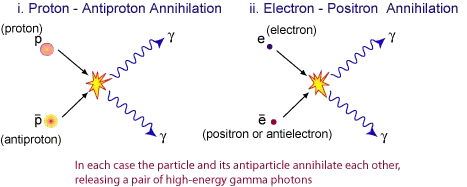You are not the first to try think that one more undelying onion level ( or matriuska) lies within what are considered fundamental particles at present. Back in the late 1970s when the quark model was established , preons were the next hypothesis as the subcomponents of quarks
A number of physicists have attempted to develop a theory of "pre-quarks" (from which the name preon derives) in an effort to justify theoretically the many parts of the Standard Model that are known only through experimental data.
Other names which have been used for these proposed fundamental particles (or particles intermediate between the most fundamental particles and those observed in the Standard Model) include prequarks, subquarks, maons, alphons, quinks, rishons, tweedles, helons, haplons, Y-particles, and primons. Preon is the leading name in the physics community.
For example, the rishon model
has two kinds of fundamental particles called rishons (which means "primary" in Hebrew). They are T ("Third" since it has an electric charge of +⅓ e, or Tohu which means "unformed" in Hebrew Genesis) and V ("Vanishes", since it is electrically neutral, or Vohu which means "void" in Hebrew Genesis). All leptons and all flavours of quarks are three-rishon ordered triplets. These groups of three rishons have spin-½.
.....
In the expanded Harari–Seiberg version the rishons possess color and hypercolor, explaining why the only composites are the observed quarks and leptons. Under certain assumptions, it is possible to show that the model allows exactly for three generations of quarks and leptons.
The group structure observed in the data can be described.
The reason none of these proposed models is accepted as the model of elementary particles is because there is no experimental indication that a substructure exists within electrons and quarks.
Quarks were hypothesized by the observed symmetries in the hadronic resonances , i.e. to fit the symmetries seen in the data, but as late as 1980 the great Feynman supported his parton model, which had no separate existence for quarks, because there was no experimental indication of a substructure to the proton. Once deep inelastic scattering demonstrated the substructure, the quarks and gluons became the model of reality for elementary particles.
With the linear collider planned to explore the Higgs and the energy region above the higgs level, the limits on the size of the electron and the possible quark structure will be explored by deep inelastic scattering. I think it was Feynman who said : "to see what a watch is made out of one does not throw a watch on another watch, but one uses a screw driver" meaning electromagnetic and weak vertices which explored cleanly the substructure of the proton.
If the future higher energy deep inelastic data deviates from the standard model, this will trigger an interest in preon models. At the moment they are just mathematical games, or tools that might be needed when the time comes.
I am not very optimistic, because the point like nature of the electron is already very constrained,
Observation of a single electron in a Penning trap shows the upper limit of the particle's radius is 10^−22 meters
which means that any preons within it will need to have very high binding energy; , to see their effect as a hard core scatter will probably need much higher energies then the next generation leptonic colliders.
So the answer is that at present the standard model describes the data. New observations are necessary to justify adopting one of the preon models.


